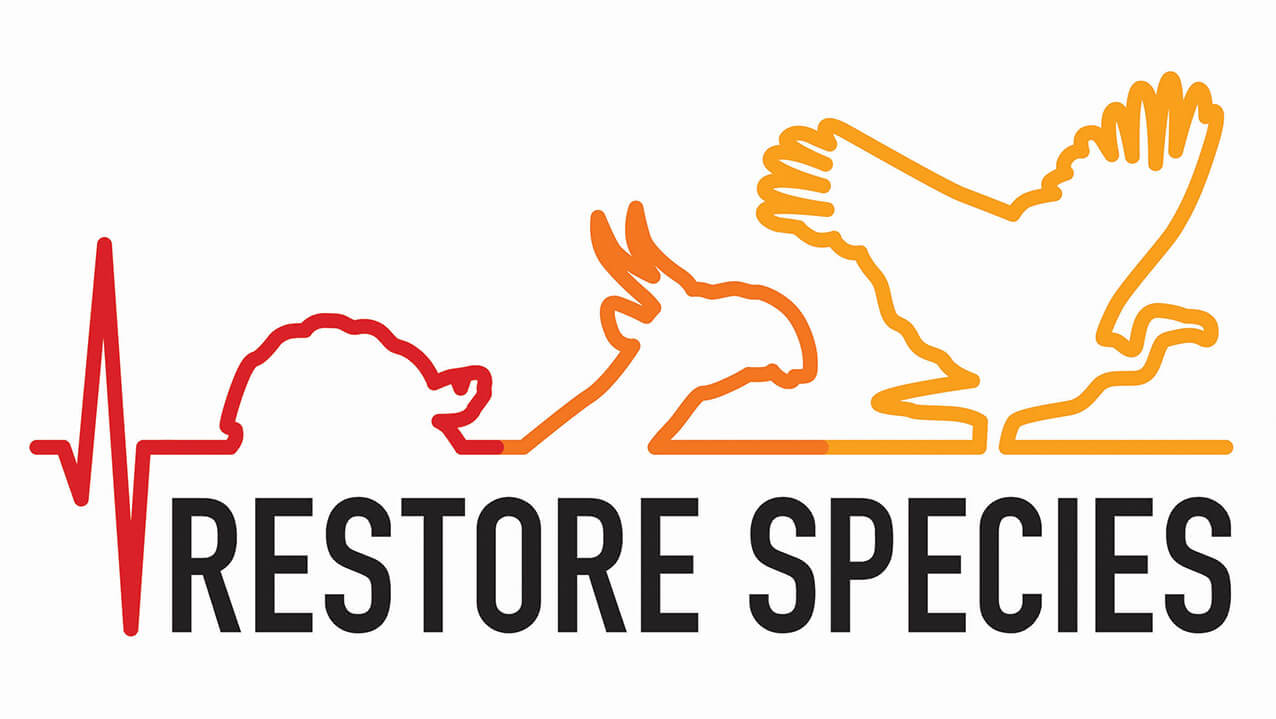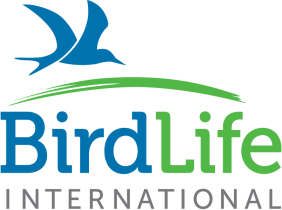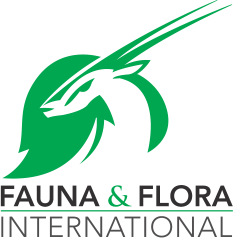Turtles and tortoises have been around since the age of the dinosaurs, but now they are among the most endangered groups of animals on the planet. And South-east Asia has more Critically Endangered species than anywhere else. Fortunately, these beleaguered populations can be helped.
The problem: hunting for pets, food and medicine
There are many reasons why populations are declining, but the biggest threat is hunting. Turtles and tortoises are in demand as pets, as food and to provide ingredients in traditional medicine.
25 of the world’s most endangered turtles and tortoises are native to China and Southeast Asia.
Across Asia, tortoises and turtles perish when forests are cleared for agriculture, swamps drained, or rivers dredged, polluted or otherwise modified. Monitor lizards, snakes, pigs, dogs and people dig up their eggs for food. However, the greatest threat is targeted collection of adults for the multi-billion pound international wildlife trade, much of it illegal. The trade supplies demand for pets, for food and for traditional medicine in Asia. Ironically, as species become rarer, their value increases and they become more desirable for hunters.
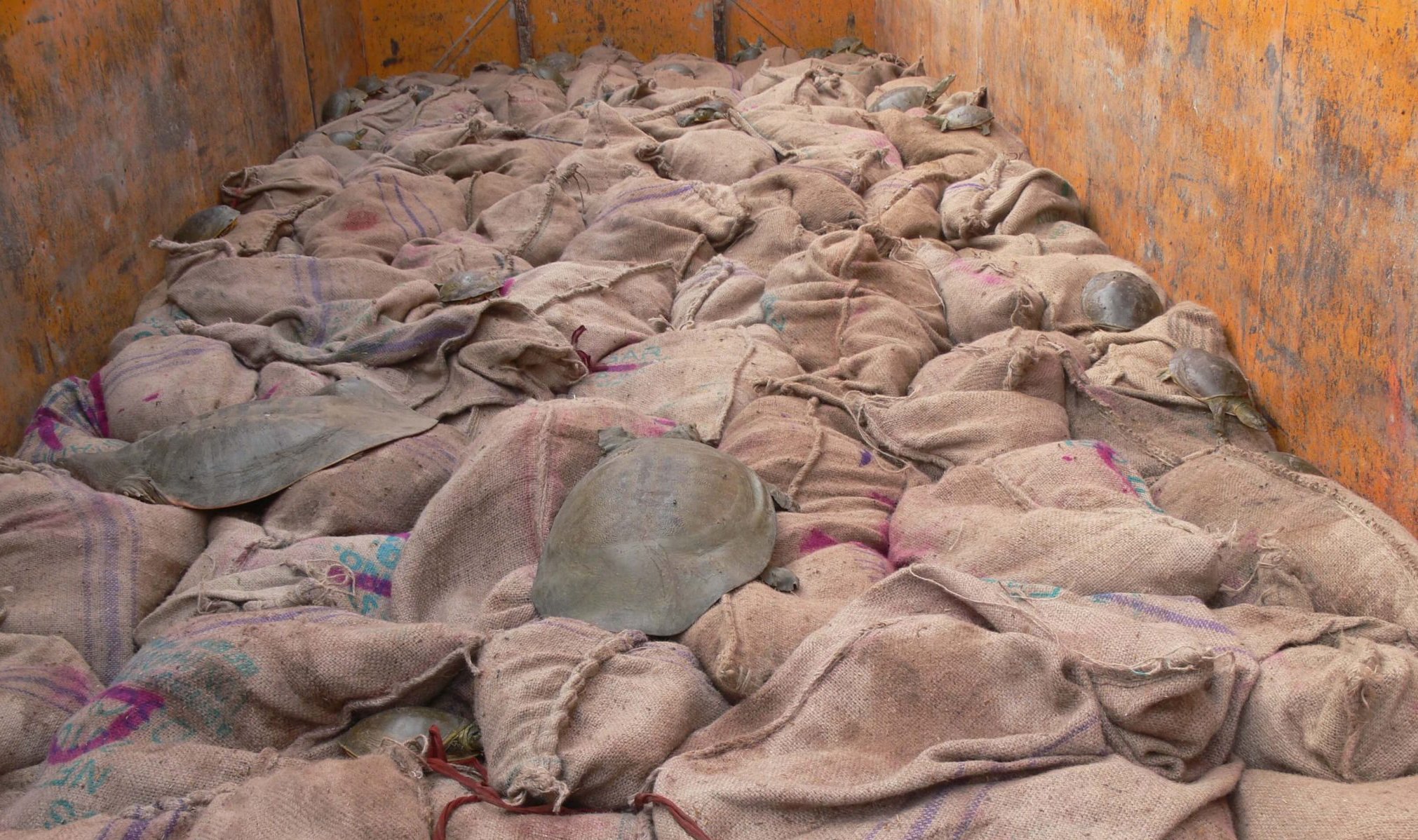
Confiscated trafficked turtles © WCS
Testing solutions
Restore Species partners are already working with communities and Governments to take action for tortoises and turtles on the brink of extinction.
Burmese Starred Tortoise was almost driven to extinction in the wild by collecting. Fortunately, this handsome tortoise breeds well in captivity, and since 2013, captive-bred individuals have been released back into forest reserves, marked and tracked to allow guards to monitor their progress.
Cantor’s Giant Soft-shell Turtle is an Endangered species native to Southeast Asia that lives in large, slow-flowing rivers and grows up to a metre long. In 2007 nests were found on a sandbank along the Mekong River in Cambodia. Working with local people, nest guardians were set up to protect the nests from natural predators and poachers. Since then, nearly 10,000 hatchlings have hatched from 402 protected nests.
Roti-island snake-necked turtle was known from only one small island in Indonesia. When it was described as a new species in 1994, demand from collectors was so strong that within 10 years the species had disappeared from its natural habitat, despite legal protection. Fortunately, a second population has been found, and the species is being bred successfully in captivity. Plans are underway to release animals back into their original habitat, with suitable protection.
Our response
Restore Species Vision: Our vision is of thriving wild populations of Southeast Asian freshwater turtles and tortoises freed from the threat of illegal and unsustainable hunting for trade, with eight species re-established in their original habitat, in the safety of well managed nature reserves.
Aim: Reverse the decline in tortoise and turtle populations, ensuring that there are secure wild populations for the future by protecting key habitats, strengthening field conservation activities, releasing captive or ‘head-started’ (see below) animals, and providing livelihood alternatives to local communities in these areas.
Actions & outcomes:
Building on the successes of pilot projects, we will ramp up efforts to protect these highly threatened animals using a combination of approaches.
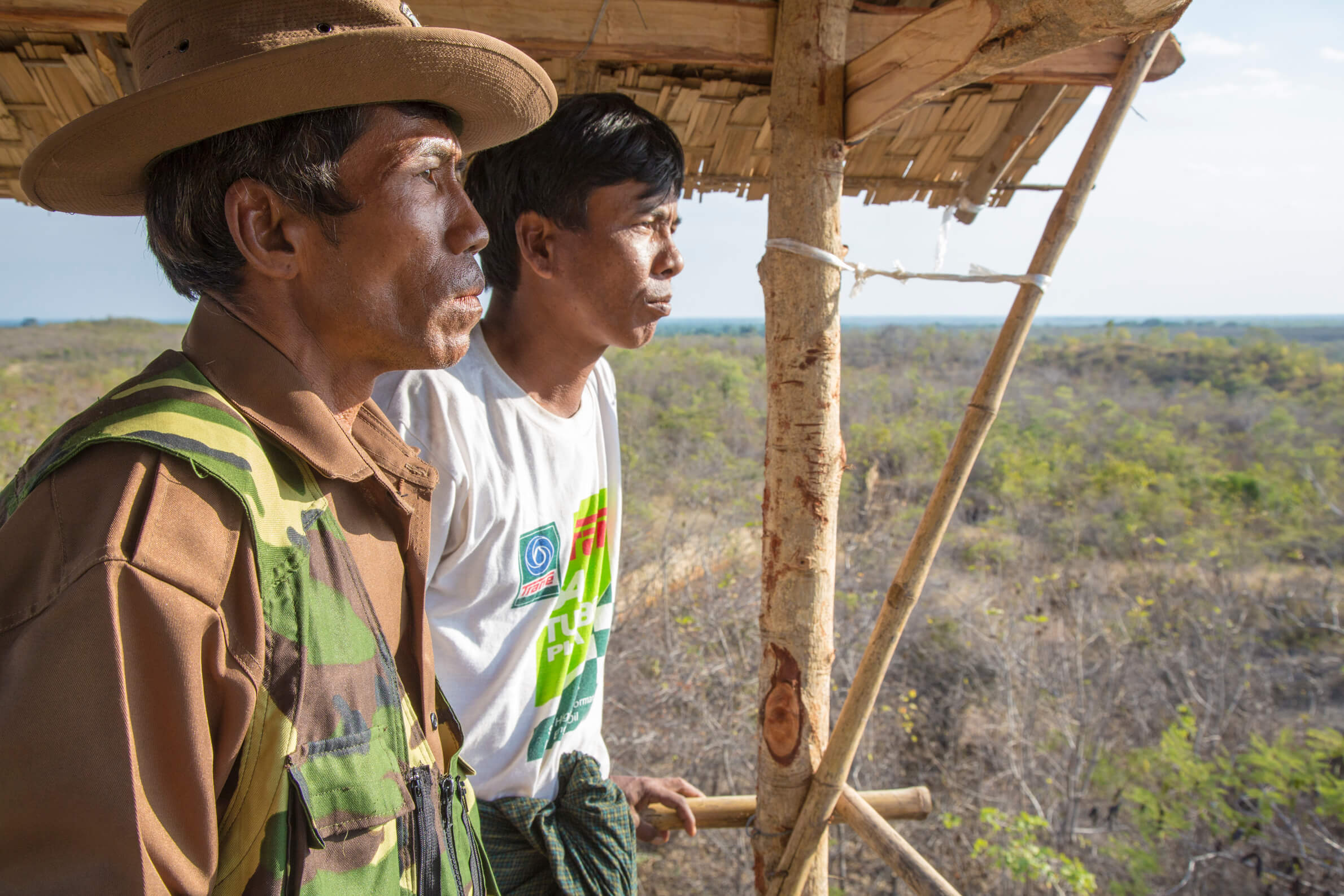
Rangers in a watch tower at the Myanmar-Minzontaung Burmese Starred Tortoise Reserve © Eleanor Briggs / WCS
Securing suitable habitat
Protection of areas of good-quality habitat is essential, both to preserve the tortoises and turtles that are still living there, and to provide a home for animals to be released into. Priority areas include forest reserves, river sandbanks, wetlands, riparian, and flooded forest in Cambodia, Indonesia and Myanmar. They may be managed by Government rangers or local people, and will need to be protected from clearance, fire, flooding, poaching and predation by dogs and pigs.
Boosting the wild population
Wild populations can be bolstered by head-starting (either in-situ nest protection, or egg protection and rearing the hatchlings in a facility until they are large enough to survive in the wild), or captive breeding and reintroduction. In cases where the threats to the wild population are still severe, insurance populations need to be kept safe in a zoo to ensure that the species does not go extinct before it can be re-established in the wild.
Reduce the demand
Law enforcement and education may be successfully combined to change people’s behaviour. Around tortoise and turtle habitats, the aim is to reduce hunting and build support for conservation. Among consumers, awareness of the damage done by the trade may convince people to buy alternatives, but this is not normally the case and more targeted consumer behaviour change approaches – identifying consumers and using messaging and approaches (and means of delivery of these) that are most likely to resonate with them.
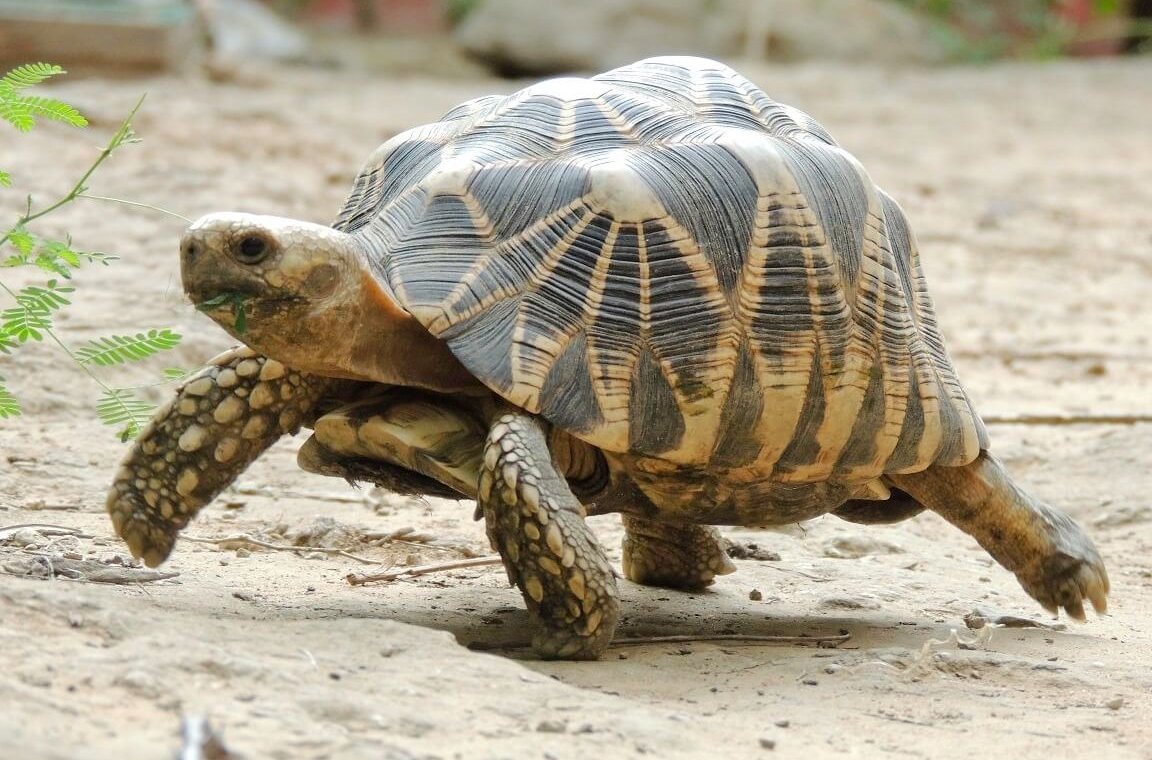
Burmese Starred Tortoises have been brought back from the brink of extinction with releases into carefully guarded nature reserves © B. Horne / WCS
